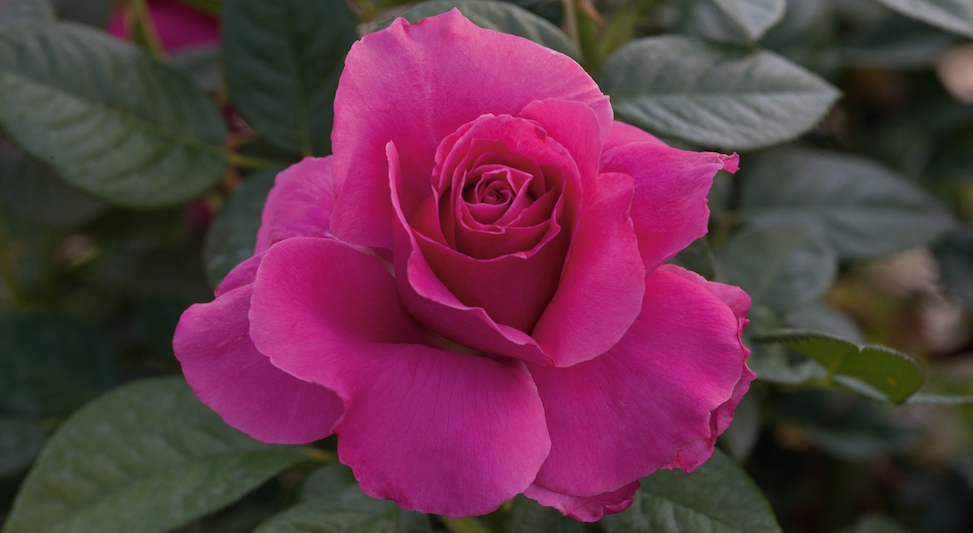What Are Dangers To Know About Home Gardening

Nearly 118 million Americans count themselves as gardeners, and that means nearly 118 million Americans are susceptible to injuries or illnesses connected with gardening.
Gardening may seem like a safe hobby — and for the most part, it is — but it can lead to injury or illness. For instance, ERs treat more than 400,000 injuries each year related to outdoor garden tools, the U.S. Consumer Product Safety Commission says.
"Just because you might be out relaxing in the garden doesn't mean you should throw safety precautions to the wind," says Dr. David Lichtman, an orthopedic surgeon in Fort Worth, TX.
Before you pull up a single clump of crabgrass in your flowerbed, check out these nine tips for making sure your garden doesn't turn into a danger zone. These tips come from the American Society for Surgery of the Hand , Cayuga Medical Center , Eastern Oklahoma Orthopedic Center and the U.S. Centers for Disease Control and Prevention (CDC).

Photo: YouTube/Digz Garden Gloves
1. Wear Gloves.
Garden gloves will help protect you from blisters, fertilizers, pesticides, bacteria, fungi and sharp tools.
2. Warm Up.
Just like an athlete does before a game, you should warm up before digging in the garden. Walk around your garden for a few minutes and do some pre-gardening stretches.
3. Avoid Repetitive Motions.
Prolonged and repetitive motions, such as digging, raking, trimming, pruning and planting, might irritate your skin, tendons or nerves. To avoid this, switch up your tasks every 15 minutes and take between-task breaks.

Photo: Ideas4Landscaping.com
4. Banish Bending.
Kneeling instead of bending will put less strain on your back. For extra comfort, consider wearing kneepads.
5. Check Your Lifting.
When lifting objects, especially heavy ones, engage your legs and not your back. When you're carrying heavy objects, hold objects them close to your body to reduce strain.
6. Block the Sun.
Apply sunscreen that provides an SPF of at least 15, as well as ultraviolet A and B protection. Put on a wide-brimmed hat to keep the sun off your face, head, ears and neck. Keep in mind that 10 a.m.-4 p.m. during daylight saving time (9 a.m.-3 p.m. during standard time) is the most hazardous period for UV exposure in the continental U.S.
7. Look for Pests.
Check your clothes and body for ticks, which can cause several diseases . Better yet, prevent tick bites by applying repellent.
8. Clear the Air.
Wear a protective nose and mouth mask, sunglasses or protective eyewear to help prevention allergy and asthma attacks.
9. Stay Hydrated.
Be sure you've got water on hand so that you don't become dehydrated.
Want more tips and best practices? Visit our lawn care and lawn mowing guides.
Top photo: PR Newswire/HomeGardenandHomestead.com
![]()
John Egan
John Egan is the former editor in chief of LawnStarter.com. Now, he is a freelance writer extraordinaire. He lives in Austin, Texas.
What Are Dangers To Know About Home Gardening
Source: https://www.lawnstarter.com/blog/gardening-2/gardening-tips-safety/
Posted by: koellersalict.blogspot.com

0 Response to "What Are Dangers To Know About Home Gardening"
Post a Comment